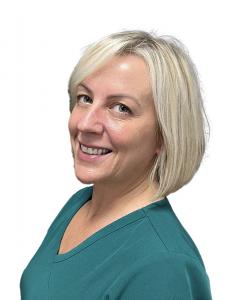
"Remove lumps & bumps for clear, smooth skin"
If you have unwanted skin lumps and bumps such as skin tags, warts and verruca then we can remove them with cryotherapy to achieve smooth clear skin. If you are concerned that the lesion could be cancerous - we recommend having it check by The Mole Clinic first, who are co-located at our clinic.
Cryosurgery for skin growths
Cryosurgery is a minimally-invasive procedure, using freezing temperatures, to remove superficial skin lesions that are benign. We use a CryoPen which shoots a precise, high-pressure Nitrous Oxide gas at -89°C onto the skin lesion to destroy the abnormal cells. No part of the CryoPen actually touches your skin. Some lesions, depending on size of depth, may require up to 3 session of cryotherapy to completely remove them.
The CryoPen can be used to safely treat the following benign skin lesions:
- Skin tags and cysts
- Cutaneous warts
- Verruca vulgaris
- Cherry angiomas
- Seborrhoeic keratosis
- Actinic keratosis
These benign skin conditions are not eligible for treatment by your GP or on the NHS.







